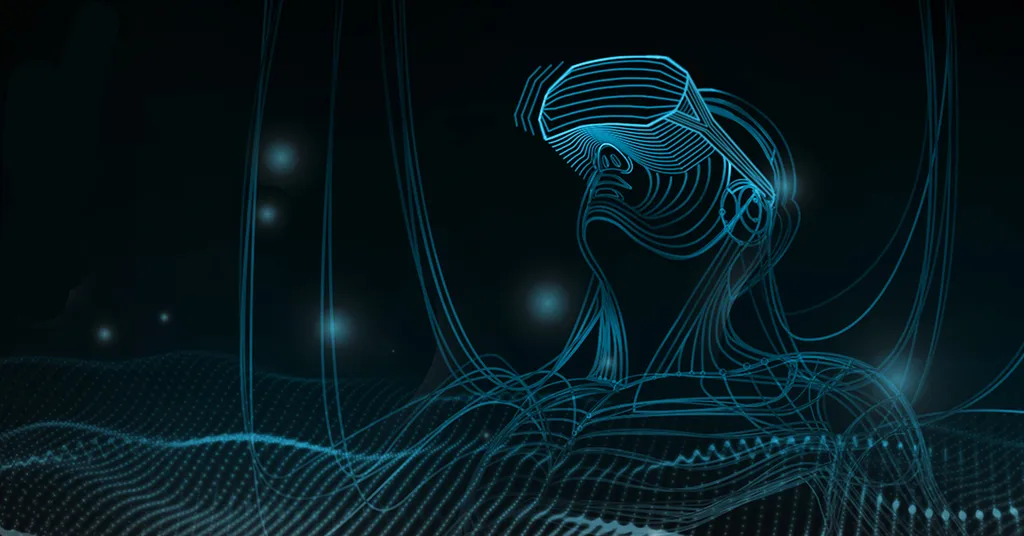A new VR standard backed by some of the industry’s biggest players is looking to make fiddling about with multiple headset wires a thing of the past.
VirtualLink is designed to make the next generation of PC VR headsets much faster and more accessible to get into. It uses a single USB Type-C connector to replace the range of leads that are connected to current headsets like the Oculus Rift and HTC Vive. The standard is already being supported by Oculus, Valve, Nvidia, AMD and Microsoft, the latter of which has been backing it since the start of its work in VR.
The standard is an Alternate Mode of USB-C. It includes support for four lanes of HBR3 DisplayPort for high-resolution displays, USB3.1 Gen2 SuperSpeed for headset cameras and sensors, and up to 27 Watts of power delivery. Not only does this make setup easier on current PCs, but it will also mean future VR headsets will be compatible with a wider range of devices that don’t meet the current connection requirements of the Oculus Rift or HTC Vive.
You can view the standard’s documents for yourself here.
“A consolidated connection point is critical in removing barriers to experiencing high-powered PC VR”, Oculus’ VP of Product Nate Mitchell said in a prepared statement. “With the adoption of VirtualLink technology, purpose-built for VR, we look forward to helping push the industry forward into the next phase of VR.”
Rather than a separate product you’d buy for your existing VR headsets, then, VirtualLink will likely be a technology that will come integrated into next-generation PC VR headsets, though no devices have officially announced support for it thus far.





























